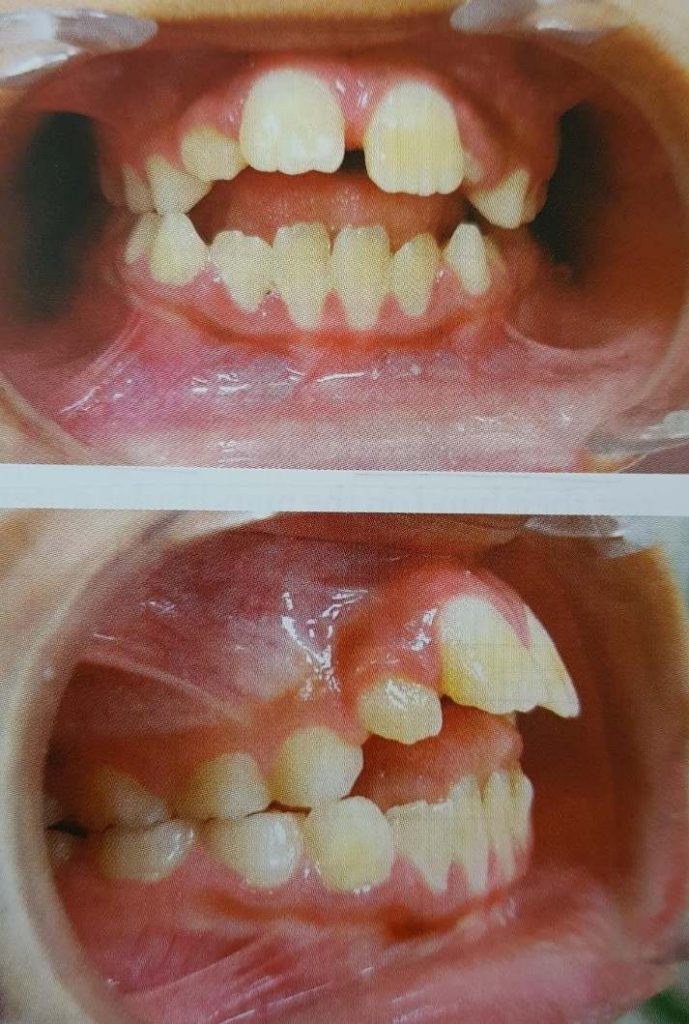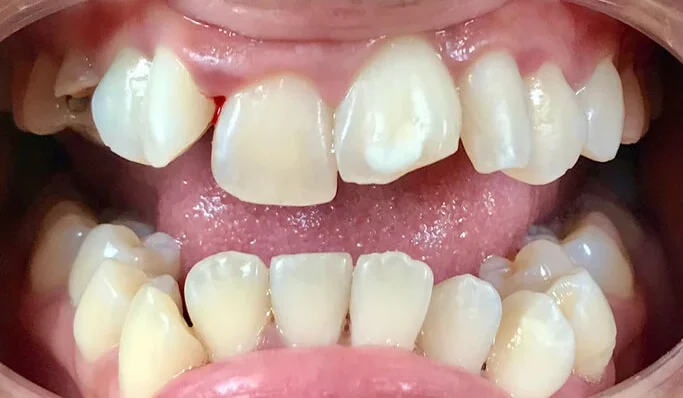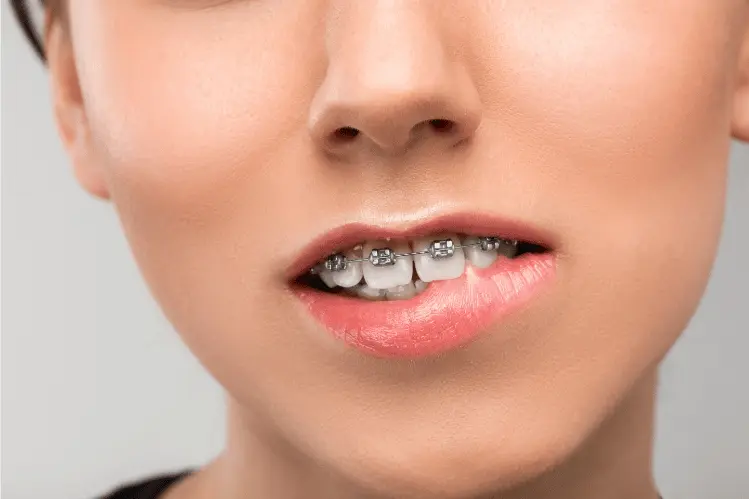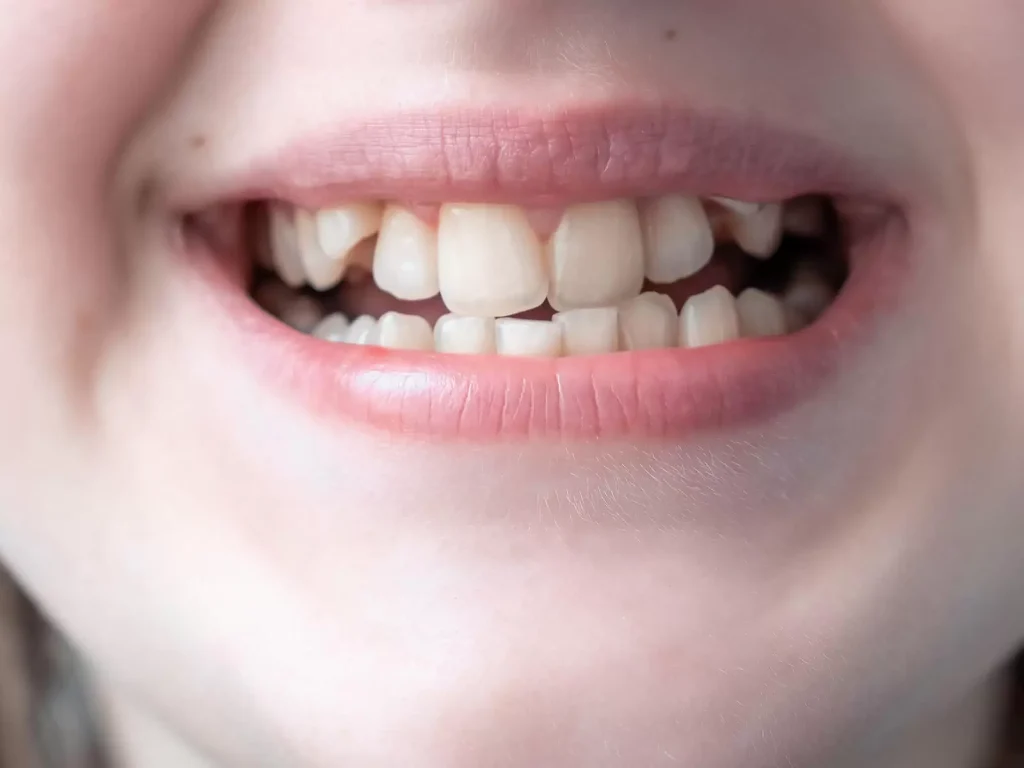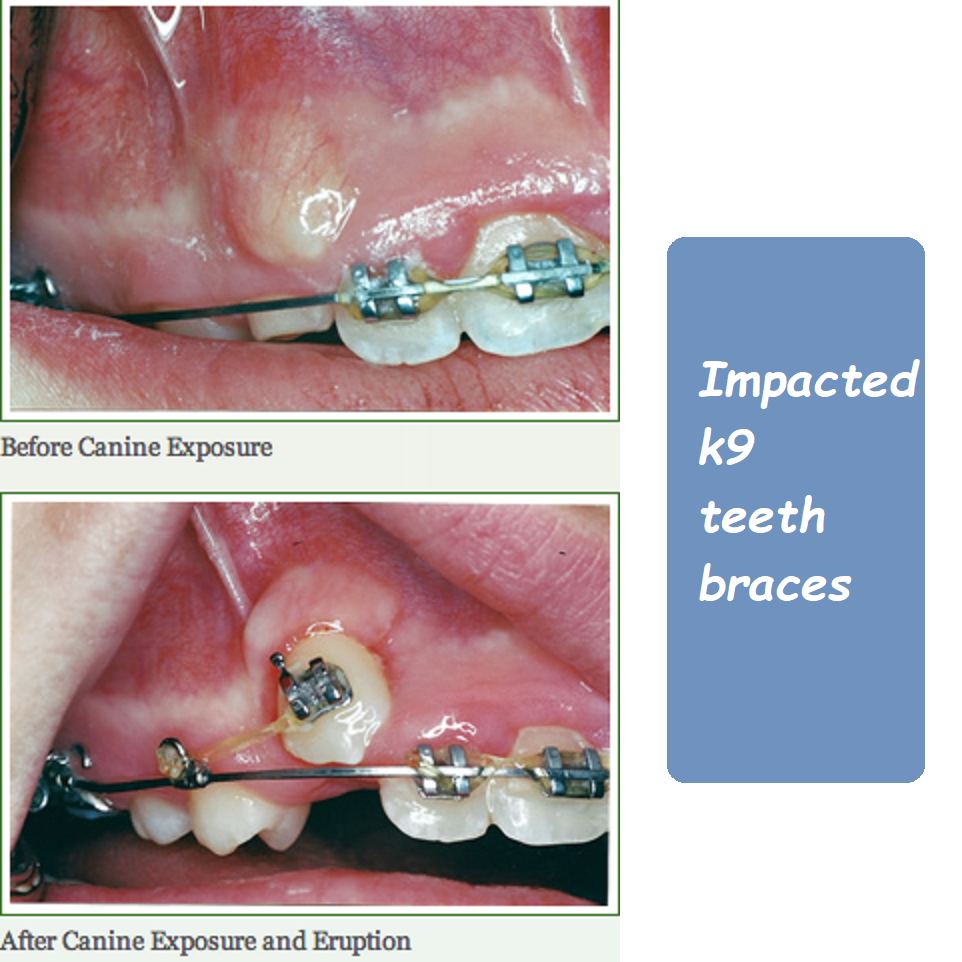lingual braces versus invisalign

When it comes to achieving a perfect smile, the choices can be overwhelming. Lingual braces and Invisalign are two popular orthodontic treatments that offer distinct advantages. Whether you’re an adult looking for a discreet option or a teen wanting effective treatment without compromising aesthetics, understanding the differences between these two can help you make an informed decision. Let’s delve into the world of lingual braces and Invisalign to find out which is the best fit for your orthodontic needs.
What Are Lingual Braces?
Lingual braces are a type of dental braces that are attached to the back surfaces of the teeth, making them virtually invisible from the front. This treatment is often chosen by individuals who want the benefits of traditional braces without the noticeable appearance.
How Lingual Braces Work
- Custom Brackets: Each bracket is custom-made to fit the contour of the back of your teeth. These brackets are bonded to the teeth, similar to traditional braces but on the lingual (tongue) side.
- Archwires: Just like traditional braces, lingual braces use archwires to gradually move teeth into their desired positions. These wires are also customized to provide the correct amount of force for effective tooth movement.
Pros of Lingual Braces
- Aesthetic Appeal: The most significant advantage of lingual braces is that they are invisible from the front, making them an excellent choice for those concerned about aesthetics.
- Effective for Complex Cases: Lingual braces can address a wide range of orthodontic issues, including severe misalignments and bite problems.
- Custom Fit: The custom-made brackets provide a precise fit, which can enhance comfort and effectiveness.
Cons of Lingual Braces
- Discomfort: Initially, lingual braces can cause discomfort and irritation to the tongue and soft tissues in the mouth.
- Speech Issues: Some patients experience temporary speech difficulties as they adjust to having the braces on the inside of their teeth.
- Cost: Lingual braces tend to be more expensive than traditional braces due to the customization and complexity of installation.
Understanding Invisalign
Invisalign is a popular orthodontic treatment that uses clear, removable aligners to straighten teeth. This option has gained immense popularity due to its convenience and discreet appearance.
How Invisalign Works
- Clear Aligners: Invisalign uses a series of clear, plastic aligners custom-made to fit your teeth. Each set of aligners is worn for about two weeks before moving on to the next set in the series.
- Gradual Movement: The aligners gently shift your teeth into the desired positions over time. The treatment plan is carefully designed using 3D imaging technology to ensure precise tooth movement.
Pros of Invisalign
- Invisibility: The clear aligners are nearly invisible, making them a popular choice for those seeking a discreet orthodontic solution.
- Comfort: Invisalign aligners are made of smooth plastic, reducing the likelihood of irritation to the gums and cheeks.
- Removability: The aligners can be removed for eating, drinking, brushing, and flossing, allowing for easier oral hygiene and no dietary restrictions.
Cons of Invisalign
- Compliance: Success with Invisalign requires strict compliance. The aligners must be worn for 20-22 hours a day to be effective.
- Limitations for Complex Cases: Invisalign may not be suitable for severe orthodontic issues or complex bite problems.
- Cost: Invisalign can be more expensive than traditional braces, depending on the complexity and duration of the treatment.
Comparing Lingual Braces and Invisalign
Aesthetic Considerations
- Lingual Braces: Completely hidden from view as they are placed on the back of the teeth. Ideal for individuals concerned about the appearance of braces.
- Invisalign: Nearly invisible due to the clear plastic aligners. Suitable for those who want a discreet treatment but are okay with removing the aligners occasionally.
Comfort and Convenience
- Lingual Braces: Can cause initial discomfort and may affect speech temporarily. Fixed to the teeth, so no need to remember to wear them.
- Invisalign: Generally more comfortable with fewer adjustments needed. Removable, allowing for easier eating and oral hygiene but requires discipline to wear as prescribed.
Effectiveness
- Lingual Braces: Highly effective for a wide range of orthodontic issues, including complex cases.
- Invisalign: Effective for many cases but may not be suitable for severe misalignments or bite issues.
Treatment Duration
- Lingual Braces: Typically, the treatment duration is similar to traditional braces, ranging from 18 months to 3 years.
- Invisalign: Treatment time can vary but often ranges from 12 to 18 months, depending on the complexity of the case.
Cost
- Lingual Braces: Generally more expensive due to the customization and complexity involved in fitting them.
- Invisalign: Can be comparable in cost to lingual braces, but prices vary depending on the length and complexity of treatment.
Who Should Choose Lingual Braces?
Lingual braces are an excellent option for individuals who:
- Prioritize Aesthetics: Want an invisible treatment option without the need to remove aligners.
- Have Complex Orthodontic Issues: Require treatment for severe misalignments or bite problems.
- Can Handle Discomfort: Are willing to tolerate some initial discomfort and possible speech issues for the benefit of hidden braces.
Ideal Candidates
- Professionals and Adults: Especially those in public-facing roles who prefer a discreet treatment option.
- Teens and Athletes: Who need effective orthodontic treatment without compromising aesthetics.
Who Should Choose Invisalign?
Invisalign is a great choice for individuals who:
- Want a Discreet Option: Prefer a nearly invisible treatment that can be removed when needed.
- Value Comfort: Desire a comfortable treatment experience with minimal irritation.
- Can Commit to Compliance: Are disciplined enough to wear the aligners as prescribed to ensure effective treatment.
Ideal Candidates
- Busy Adults and Teens: Who prefer flexibility and convenience in their orthodontic treatment.
- Those with Mild to Moderate Issues: Who have less complex orthodontic needs that can be effectively addressed with clear aligners.
The Orthodontic Consultation: What to Expect
Before deciding on lingual braces or Invisalign, it’s essential to have a thorough consultation with an orthodontist. This step will help determine the best treatment option based on your specific needs.
Initial Assessment
- Examination: The orthodontist will perform a comprehensive examination of your teeth, gums, and jaw. This may include taking X-rays and digital scans to assess your orthodontic needs.
- Discussion: You’ll discuss your goals, concerns, and preferences with the orthodontist. This conversation helps in understanding your priorities, whether they are aesthetic, functional, or related to treatment duration.
Treatment Planning
- Custom Plan: Based on the assessment, the orthodontist will develop a customized treatment plan. For lingual braces, this involves designing custom brackets and archwires. For Invisalign, it includes creating a series of aligners using 3D imaging technology.
- Timeline and Cost: The orthodontist will provide an estimated timeline for your treatment and discuss the associated costs. Understanding the financial aspect and duration helps in making an informed decision.
Decision Making
- Review Options: The orthodontist will explain the pros and cons of lingual braces and Invisalign, tailored to your specific case. This review helps you understand which option aligns best with your goals and lifestyle.
- Ask Questions: Don’t hesitate to ask questions about the treatment process, expected outcomes, and any concerns you may have. Clear communication with your orthodontist is key to a successful orthodontic journey.
The Treatment Process: What to Expect
Understanding the treatment process for both lingual braces and Invisalign can help you prepare and manage your expectations.
Lingual Braces Treatment Process
- Fitting the Braces: The orthodontist will bond the custom brackets to the back of your teeth and attach the archwires. This process may take longer than traditional braces due to the complexity of placement.
- Adjustments: Regular visits to the orthodontist are necessary for adjustments. These appointments help ensure that the braces are effectively moving your teeth into the desired positions.
- Managing Discomfort: It’s common to experience discomfort, especially after adjustments. Over-the-counter pain relievers and orthodontic wax can help manage any irritation.
- Oral Hygiene: Maintaining good oral hygiene is crucial. Special brushes and flossing tools can help you clean around the braces to prevent plaque buildup and cavities.
- Monitoring Progress: The orthodontist will monitor your progress and make any necessary adjustments to the treatment plan. This ensures that your teeth are moving as expected.
- Completion of Treatment: Once your teeth are in the desired positions, the orthodontist will remove the braces. This process includes cleaning your teeth and taking final X-rays to confirm the results.
- Retainers: Wearing a retainer is essential to maintain your new smile. The orthodontist will provide instructions on how to wear and care for your retainer.
Invisalign Treatment Process
- Receiving the Aligners: After the initial consultation and treatment planning, you’ll receive your first set of aligners. The orthodontist will ensure they fit correctly and provide instructions on how to wear them.
- Wearing the Aligners: Invisalign aligners should be worn for 20-22 hours a day, only removing them for eating, drinking, brushing, and flossing. Consistent wear is crucial for effective treatment.
- Switching Aligners: You’ll switch to a new set of aligners approximately every two weeks. Each set is designed to gradually move your teeth closer to their final positions.
- Check-Ups: Regular check-ups with the orthodontist are necessary to monitor progress and make any adjustments to the treatment plan. These appointments are typically less frequent than with traditional braces.
- Managing Discomfort: Some discomfort is normal when switching to a new set of aligners. This usually subsides after a few days as your teeth adjust to the new aligners.
- Oral Hygiene: Maintaining oral hygiene is easier with Invisalign since the aligners are removable. Brush and floss regularly to keep your teeth and aligners clean.
- Completion of Treatment: Once your teeth have reached the desired positions, you’ll complete the aligner series. The orthodontist will evaluate your results and provide a retainer to maintain your new smile.
Real-Life Experiences: Testimonials
Hearing from individuals who have undergone treatment with lingual braces or Invisalign can provide valuable insights and help you feel more confident in your decision.
Emily’s Story: Lingual Braces Success
Emily, a 32-year-old marketing executive, chose lingual braces for their invisibility. “I wanted an effective treatment without compromising my professional appearance,” she explains. Despite some initial discomfort, Emily is thrilled with the results. “My teeth are perfectly aligned, and no one knew I was wearing braces!”
Jake’s Experience: Invisalign Transformation
Jake, a 25-year-old college student, opted for Invisalign due to its convenience. “Invisalign fit seamlessly into my busy lifestyle,” he says. “I could remove them for important events and maintain my usual oral hygiene routine.” After 14 months, Jake’s smile was transformed, and he couldn’t be happier with the outcome.
Comparing Their Journeys
Both Emily and Jake had positive experiences with their chosen treatments. Emily appreciated the hidden aspect of lingual braces and their effectiveness for her complex case. Jake valued the flexibility and comfort of Invisalign, which suited his active lifestyle. Their stories highlight that the best choice depends on individual needs and preferences.
The Future of Orthodontics: Innovations and Trends
Orthodontics is continually evolving, with new technologies and treatments emerging to enhance patient outcomes and experiences.
3D Imaging and Printing
Advancements in 3D imaging and printing allow for more precise and customized orthodontic treatments. These technologies enable orthodontists to create detailed treatment plans and fabricate custom appliances for optimal results.
Accelerated Orthodontics
Accelerated orthodontics combines traditional treatments with surgical or mechanical techniques to speed up tooth movement. This approach can significantly reduce treatment times while achieving desired results.
Clear Aligners Evolution
Clear aligner technology continues to advance, with new materials and designs improving comfort, effectiveness, and treatment speed. Innovations in aligner technology are expanding the range of cases that can be treated with clear aligners.
Lingual Braces Advancements
Improvements in lingual braces, including more comfortable bracket designs and advanced bonding techniques, are enhancing the patient experience. These advancements make lingual braces an even more attractive option for those seeking discreet treatment.
Conclusion
Choosing between lingual braces and Invisalign ultimately depends on your specific dental needs, lifestyle, budget, and personal preferences. Both options offer unique advantages and can help you achieve a beautiful, healthy smile. By consulting with your orthodontist, considering your individual circumstances, and understanding the pros and cons of each option, you can make an informed decision that aligns with your goals.
FAQs
1. How long does treatment with lingual braces typically take?
Lingual braces usually require 18 months to 3 years to achieve desired results, similar to traditional braces.
2. Are lingual braces suitable for everyone?
Lingual braces are effective for a wide range of orthodontic issues but may not be ideal for those with smaller teeth or certain bite issues.
3. How often do I need to visit the orthodontist with Invisalign?
With Invisalign, check-ups are typically every 6-8 weeks to monitor progress and receive new sets of aligners.
4. Can adults benefit from Invisalign?
Yes, Invisalign is a popular choice for adults seeking a discreet and convenient orthodontic treatment.
5. What is the cost difference between lingual braces and Invisalign?
Both treatments can be comparable in cost, but lingual braces tend to be more expensive due to the customization and complexity involved.
In the end, both lingual braces and Invisalign offer effective solutions for achieving a straighter smile. Whether you prioritize invisibility, comfort, or the ability to remove aligners, there’s an orthodontic option that’s perfect for you. So, are you ready to take the next step towards your dream smile?

